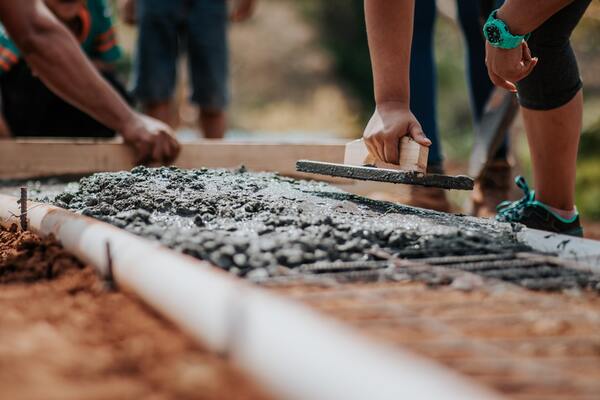- 1-905-452-8193
- Contact Us
- Member Login
- Get Listed Today
- 220,911 members

Concrete is a construction material that's composed of cement, aggregate, and water. It is one of the most durable construction materials available, but it is not immune to damage. It's used in a variety of applications, from sidewalks to buildings to bridges. While it's a strong and durable material, weather, wear and tear, and poor quality concrete can all lead to problems that will need to be repaired eventually.
Here are 10 of the most common concreters Wollongong problems and learn how you can avoid them.
1. Cracks
Cracks are the most common problem with concrete. They can be caused by weather, tree roots, poor quality concrete, or even just settling over time. Small cracks can usually be repaired with a little patching material, but larger cracks may require more significant repairs.
2. Spalling
Spalling is when the surface of the concrete begins to flake off or chip away. It is usually caused by exposure to weather or salts, or by poor quality concrete. Spalling can usually be repaired by simply power washing the affected area and then applying a new layer of sealant.
3. Discolouration
The discolouration is often caused by weathering or dirt build-up, but it can also be caused by using the wrong type of concrete cleaner. To avoid this problem, use only cleaners that are specifically designed for concrete surfaces.
4. Efflorescence
Efflorescence is a white powdery substance that sometimes appears on the surface of the concrete. It is caused by water seeping through the concrete and dissolving minerals in the process. Efflorescence is not harmful, but it can be unsightly. It can usually be removed with a power washer or by scrubbing with a brush and some soapy water.
5. Pitting
Pitting is when small craters form on the surface of the concrete. It is usually caused by weathering or exposure to chemicals. Pitting can usually be repaired by filling the craters with patching material and then sanding smooth.
6. Scaling
Scaling is when the surface of the concrete begins to flake off in large pieces. It is often caused by weathering or exposure to chemicals. Scaling can be repaired by chipping away the loose pieces of concrete and then applying a new layer of sealant.
7. Spalling
Spalling is when the surface of the concrete begins to flake off or chip away. It is usually caused by exposure to weather or salts, or by poor quality concrete. Spalling can be repaired by simply power washing the affected area and then applying a new layer of sealant.
8. Staining
Staining can be caused by dirt, spills, or even by using the wrong type of cleaner on the concrete. To avoid this problem, use only cleaners that are specifically designed for concrete surfaces.
9. Crumbling
Crumbling is when the surface of the concrete begins to break down into small pieces. It is often caused by weathering or exposure to chemicals. Crumbling can be repaired by chipping away the loose pieces of concrete and then applying a new layer of sealant.
10. Warping
Warping is when the concrete begins to deform or bend out of shape. It is often caused by exposure to weather or water. Warping can be repaired by chipping away the loose pieces of concrete and then applying a new layer of sealant.
Conclusion
Concrete is one of the most commonly used materials in construction, but it's also one of the most prone to problems. Cracks, discolouration, and other issues can occur during the curing process or after the concrete has been installed. Luckily, there are ways to avoid these problems. By understanding the causes of common concrete problems, you can take steps to avoid them in your projects.
